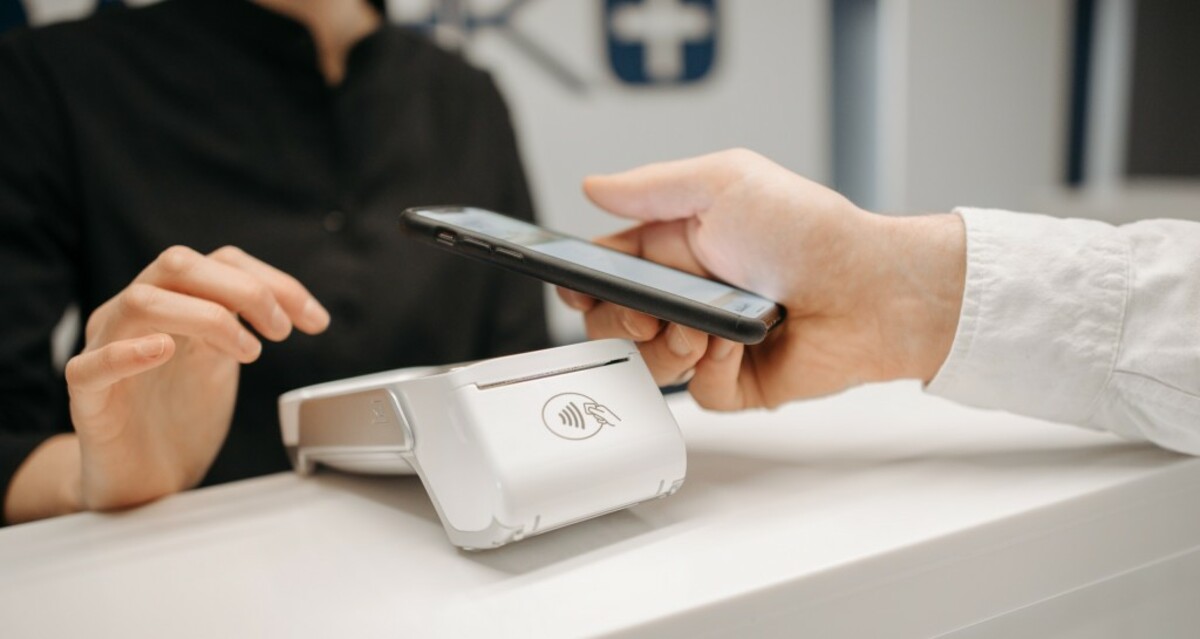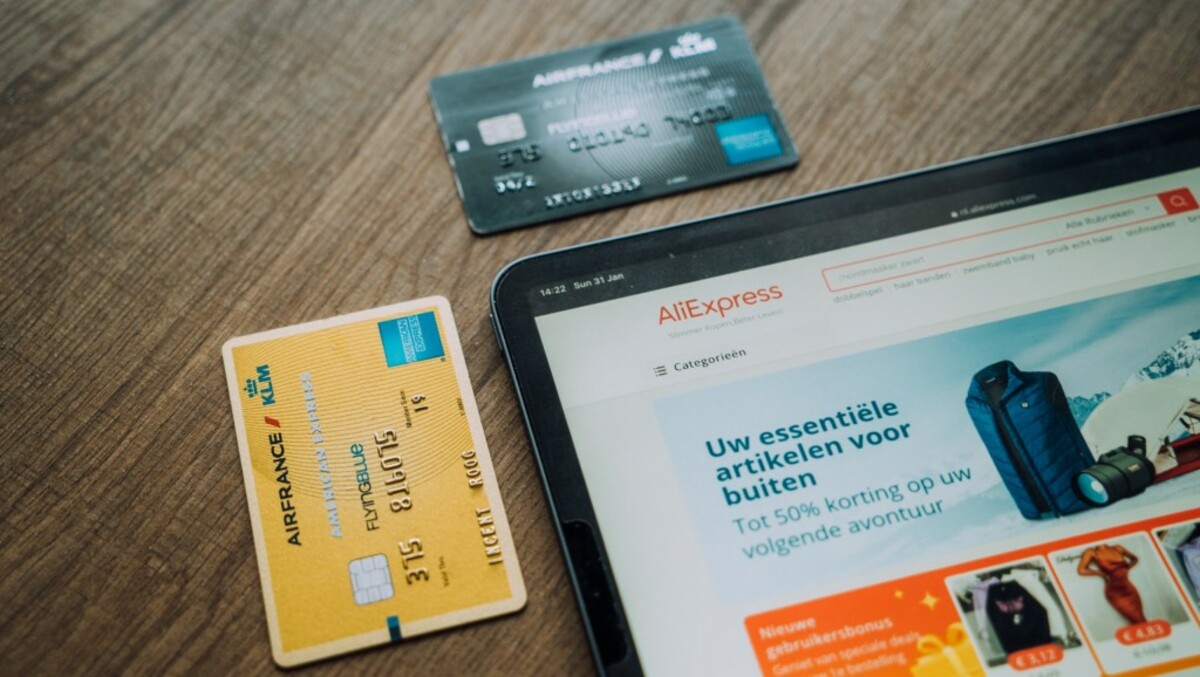Ecommerce websites are under threat, and every organization should be aware of their internal security. We have gathered a few reports regarding cyber breaches that compel you to be mindful of the cyber security for an ecommerce business.
By 2015, over 2/3 of consumers admitted that they were concerned about identity fraud when purchasing online. That percentage has undoubtedly risen in light of the significant data breaches at Equifax and Yahoo, particularly as customers head into the 2017 season for holiday shopping.
Massive security breaches were prevalent throughout the year 2017. Cyber-attacks were estimated to have destroyed at least 500 million personal documents. Hacking, whaling, and ransomware are far more dangerous than anyone can imagine. They have affected how people conduct business, handle money, and even interact with one another.
While starting a business online is quite simple, protecting it from hackers, phishing, and other cyberattacks is more difficult. For the majority of online entrepreneurs, it is a nightmare. The risk is considerably greater for proprietors of small businesses since they frequently lack the resources to choose from among the security options.
It is feasible for any company to deviate from the norm and show their clients how secure online buying can be.
Consistently use a payment processor
Never have credit cards on hand. Always choose a payment processor, such as Stripe, that will assume the risk. Even though individuals do not appreciate losing their email addresses, they can survive with it. However, if a company loses someone’s credit card details, it will not be able to forgive that particular company.
Some payment system companies will keep this data and handle everything for their customers, even if a company only offers periodic subscriptions rather than physical goods. As a young firm without the funding to hire internal IT security staff or acquire appropriate security tools, taking this step is very crucial.
Get PCI compliant first
Major credit card firms from around the world, including American Express, MasterCard, Visa, Discover, and JCB (Payment Card Industry Security Standards Council), formed the PCI SSC. To help firms prevent fraud, they have devised a set of rules described as the PCI-DSS (Payment Card Council Data Security Standards).
It measures the security policies implemented by an organization using primary requirements and several supporting needs. There are several good reasons why these rules are scrupulously followed. Credit card security complies with these PCI-DSS recommendations to protect the online business store.
Apply HTTPS
Securing your ecommerce website is one of the hardest ways. To secure any e-commerce website from theft, a site owner needs to go with Hyper Text Transfer Protocol Secure (HTTPS), the TCP / IP protocol for private communications over the internet. Since they have been approved, HTTPS websites are identified by a closed green logo in the URL bar as genuine and secure. This indicates that the website is what it purports to be and is not a fake website set up online to trick people so that criminals can steal access privileges, credit card information, and other information.
- SMBs must obtain a Secure Socket Layer to activate HTTPS. SSL can be either a single domain, multi-domain, or wildcard SSL certificate. Users can easily find low-priced SSL certs like cheap wildcard SSL for unlimited subdomains’ security or low-cost multi-domain SSL for different domains’ security.
- The first procedure is obtaining an SSL certificate; the next is correctly integrating it into a business e-commerce solution. To obtain an SSL certificate, a user can check the Comodo SSL certificate, GlobalSign SSL certificate, RapidSSL certificate, or any other branded SSL cert.
- Although most servers for e-commerce websites will offer SSL certificates for purchase, it pays to compare prices with other vendors because some provide superior security features and lower costs.
- Alongside reliability and safety, HTTPS has several benefits. Google ranks HTTPS security websites higher in search results, increasing traffic. Conversely, Google classifies unencrypted websites as “not secure,” giving them a shady and dangerous appearance. There are no quick ways to convince a potential buyer to leave the website today.
Setting up a wildcard certificate
A certificate file with encrypted data known as an SSL Certificate is installed on the website to protect and encrypt confidential communications between the website and its users. The certificate authority performs the validation and approves the certificate request once an organization creates a CSR (certificate signing request) and buys a certificate.
A certificate requestor has to complete the configuration process to obtain a certificate. After verifying it, they release the SSL Certificate and email it to the business. In the certificate requestor account, they may also download the Wildcard SSL certificate. An organization must install an intermediate certificate when installing an SSL on a host or SSL-capable application.
By linking the SSL cert to the Certificate Authority’s root certificate (the SSL certificate from the CA, the intermediate certificate, and the root certificate), this intermediary certificate ensures the trust of the SSL certificate.
A Browser needs the intermediate certificate to be available to finish the certificate trust chain.
Secure Credit Verification
The 3- or 4-digit Card Verification Value (CVV) number can be found on the reverse of credit cards. By requesting the CVV value, one may be confident that the buyer owns the card used to make the purchase. Thus, no purchases can be made even if thieves steal credit card information.
Demanding secure passwords from clients
Strong passwords that are impossible to crack are the first line of defense for their security. A customer-focused online store will require its clients to create secure passwords with various letters, numbers, and symbols.
Select a secure online store platform
E-commerce platforms are typically chosen for their ease of creating storefronts, various design options, and usability, but security features must also be considered. Look for tried-and-true e-commerce platforms that offer secure online payments, Wildcard SSL certificates, and reliable buyer- and seller identification procedures.
The good news is that smaller and midsize organizations may now more easily access security thanks to cloud-based security technologies. Examine cloud-based safety options, especially those with integrated intelligence. It is essential to consider an e-commerce platform’s long-term profitability.
How frequently are updates and security patches made to protect the company’s long-term safety? Scalable e-commerce systems that can expand and meet a company’s future needs should be considered by SMBs.
Avoid Keeping Sensitive Customer Data
Consumer privacy and private details are of utmost significance, and people are seeing significant technological businesses like Apple and Google unite behind their commitment to protecting and safeguarding users’ information.
In e-commerce, personal privacy is much more important. Businesses require consumer data to enhance customer communications, expand their product line, and make returns simple.
The risk is that these user details focus on website theft, scamming, and other cyber-attacks.
The first guideline is to gather the necessary information to complete the transaction. Avoid the temptation for businesses to collect more client information than is required. By doing this, the company can prevent annoying the clients and losing that data in case of a security breach or hack.
The rule above expressly applies to client credit card details. There is no requirement to keep them on servers that are accessible online, as doing so could be against the Payment Card Industry Data Security
Standard (PCI DSS), which is intended to enforce customer data privacy in the payment card industry.
The guardian of the client’s payment information is a payment gateway. A payment gateway sends information from the business, the online merchant, to the acceptor and the financial institution utilizing data encryption to safeguard the confidential card data from outside threats. Continue and examine the operation of a payment gateway.
The customer selects the good or service they wish to buy before going to the payment page.
Users have a selection of choices for their payment page with most payment providers. For the payment page created specifically for the company’s needs, the merchant pays payment gateway provides customers with the following options:
- Hosted credit card page
- Integration between servers
- Client-side encryption
Payment gateway working
The client inputs their debit or credit card information on the payment gateway. The name of the holder, card expiry date, and CVV number is among this information (Card Verification Value). This data is safely transferred to the company-associated payment gateway based on the integration.
The payment processor executes fraud tests and tokens or encrypts the card information before sending it to the acquiring bank.
The acquiring bank delivers the data to secure card schemes (Visa, MasterCard).
The card schemes perform an additional fraud screening before sending the payment information to the issuing bank. The issuing bank approves the transaction after conducting a fraud check. The acquirer receives the notification of the accepted or denied payment once it has been returned from the card schemes.
The payment gateway then relays the approval or denial notification to the merchant after receiving it from the acquiring bank. If the transaction is accepted, the acquirer will retain the funds in their merchant account while collecting the total payment from the issuing bank.
Settles the transaction by depositing the money into the merchant’s account; the timing of the settlement relies on the terms of the merchant’s contract with the payment platform.
Depending on the statement, the merchant may either provide a transaction confirmation page or request a different form of payment from the customer.
A payment gateway has advantages for clients and merchants, even though most of its operations occur in the transaction’s background. The actions mentioned above can take less than three seconds or almost immediately.
Make Multi-Factor Authentication available

Enabling multi-factor authentication for repeat visitors is one of the finest methods to keep business consumers secure online. Before purchasing from the website, companies require new clients to log in with their email addresses or telephone numbers to verify their identity. This advice enables the company to determine who and where are accessing the website.
On a mathematical basis, the amount of security lapses and threats has risen with each passing year.
It has become essential to include serious security features like SSL Certificate authorities, access control, two-factor verification, etc. Deploying e-commerce, authorization, and security procedures seamlessly while maintaining consumer experience is the actual problem for all organizations.
Lastly, the most straightforward approach to staying worry-free is to follow all security precautions and keep the software up-to-date. Even though going online might greatly benefit the organization, if any particular website is not careful, then it can also get them into problems. It only requires a proper implementation of e-commerce security measures to conduct business worry-free.





